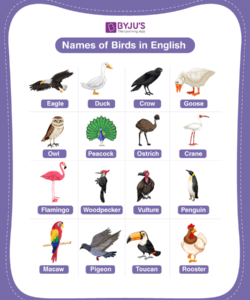Water birds are a diverse group of birds that inhabit various aquatic environments, ranging from freshwater lakes and rivers to saltwater oceans. Among these birds, those with long necks are particularly captivating due to their graceful appearance and impressive foraging abilities.
From the majestic flamingo to the elusive darter, long neck water birds come in a wide variety of shapes, sizes, and colors. These birds have evolved with specialized adaptations to exploit different niches in aquatic ecosystems, making them fascinating subjects for observation and study.
Familiar Long Neck Water Birds
Some of the most well-known long neck water birds include:
Swan: Known for their beauty and grace, swans have long, slender necks and are often seen swimming in pairs or small groups. They are found in various habitats, including lakes, rivers, and coastal areas.
Goose: Geese are social birds that migrate in large flocks. They have long necks and are typically found in freshwater environments, such as lakes and marshes. Geese are known for their loud honking calls.
Crane: Cranes are tall, long-legged birds with long necks. They are found in various habitats, including wetlands, grasslands, and agricultural fields. Cranes are known for their elaborate courtship dances.
Heron: Herons are long-legged, long-necked birds that are often found in shallow waters. They are skilled at hunting fish, frogs, and other small animals. Herons are known for their distinctive “squawking” calls.
More Long Neck Water Birds
In addition to the familiar birds mentioned above, numerous other long neck water birds inhabit various aquatic ecosystems.
Flamingo: Flamingos are known for their vibrant pink feathers and long, slender necks. They are found in shallow lakes and saltwater lagoons. Flamingos filter-feed on small aquatic organisms.
Darter: Darters are long-necked birds that are found in freshwater environments. They have sharp, pointed beaks that they use to spear fish. Darters are skilled divers and can remain submerged for extended periods.
Bittern: Bitterns are secretive birds that are often found in marshes and swamps. They have long necks and are well-camouflaged, making them difficult to spot.
Spoonbill: Spoonbills are long-legged, long-necked birds that are found in coastal areas. They have broad, flattened beaks that they use to filter-feed on small aquatic creatures.
Stork: Storks are large, long-necked birds that are found in a variety of habitats, including wetlands, grasslands, and forests. They are known for their long legs and heavy beaks.
Conclusion
Long neck water birds are a diverse and fascinating group of birds that inhabit aquatic environments around the world. Their specialized adaptations and unique behaviors make them important components of various ecosystems. Understanding and appreciating the diversity of long neck water bird names can help us gain a greater appreciation for the beauty and complexity of nature.
Whether you are an avid birdwatcher or simply enjoy observing the wonders of the natural world, learning about long neck water bird names can enhance your enjoyment and understanding of these remarkable creatures.
FAQ
What is the longest-necked water bird?
The Australian pelican has the longest neck of any water bird, with an average length of 34 cm.
What is the smallest long-necked water bird?
The least bittern is the smallest long-necked water bird, with an average length of just 28 cm.
What is the most common long-necked water bird?
The Canada goose is the most common long-necked water bird in North America.
What is the most endangered long-necked water bird?
The Siberian crane is the most endangered long-necked water bird, with a population of less than 4,000 individuals.
What is the most colorful long-necked water bird?
The flamingo is the most colorful long-necked water bird, with its vibrant pink feathers.



